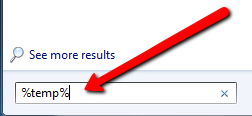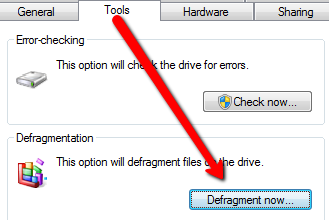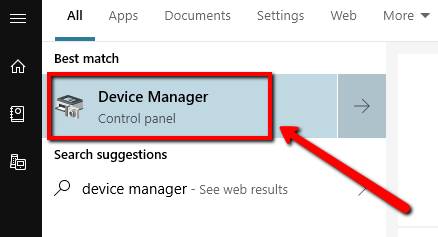Here are easy to follow steps to improve your Windows PC performance.
Have you ever wondered why your computer is not running as it used to or why your PC is running so slow?
Today, I’m going to give you simple steps to boost your computer’s performance.
Before we dive into the steps shown below, let’s restart your PC first(if you have not restarted it for quite some time), you can save this link or add this blog to your bookmark so you can easily get back here.
Step 1: Update your Device Drivers

Having the latest device drivers helps a lot in boosting your PC’s performance, particularly, the video drivers, you’ll notice tremendous performance once your video driver’s updated. If you’ve got outdated drivers this cause issues, including slow computer performance issue.
If you’re using Windows 10, you can visit the link below and follow the instructions to safely update your device drivers.
Step 2: Run Windows Update
1. Please click your Start button
2. Type Windows Update into the search box and hit ENTER
3. The Windows Update dialog box will appear, and select Check for updates
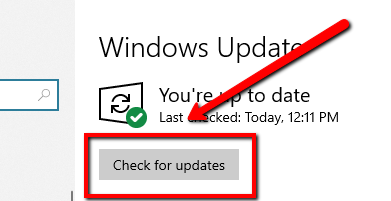
Step 3: Delete Temp Files
This step is very simple, however, there may be some files that can’t be deleted due to system might be using it at a moment, simply proceed, and ignore the ones that can’t deleted.
1. Kindly go to your Start
2. Type %temp% ,select Temp folder and hit Enter
3. Delete the files that can be deleted
Step 4: Run Defrag
Please note that if you are using SSD, please do not run Defrag on the specific drive. For common and traditional hard drive, you can do so.
1. Please go to Windows Explorer and navigate your Local Disks
2. Select the desired Local Disk, if you’ve got 2 partitions. (Start with Local Disk C:)
3. Right-click, select Properties
4. Select Tools tab
5. Under Tools, select Defragment now… button
Step 5: Check Device Manager
There might be some hardware conflict on your system that causes it to slow down, you may check and verify this by going to your Device Manager.
When you see a device with a yellow circle and exclamation mark under Other devices, this shows that the device is conflicting with other hardware devices
Also, it may specify that the device drivers are not installed properly
1. Please remove all devices with an exclamation mark by highlighting
2. Once highlighted, please press delete button on your keyboard
3. Reboot/restart the computer and let Windows to detect and install those devices
Step 6: Run Disk Cleanup
1. Please navigate Windows Explorer and select desired Local Disk
2. Right-click the select Local Disk and choose Properties
3. Under Properties, select General tab
4. Click Disk Cleanup
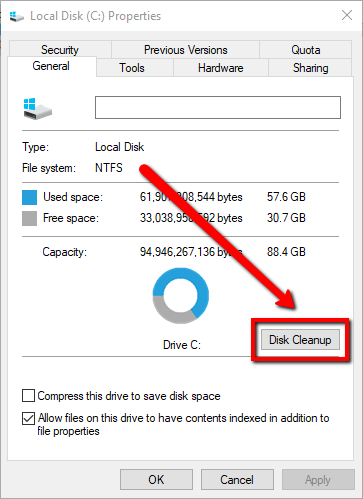
5. You may select the files that you want, I suggest checking Downloaded Program Files, Temporary Internet Data and Recycle Bin
Step 7: Run Chkdsk
1. Please go to your Start
2. Type CMD
3. Right-click the top result and select Run as administrator
4. On command prompt, type command below.
chkdsk C: /r
The command /r will repair errors and scan for bad sectors
5. Wait for the process to complete
Step 8: Clean your PC’s hardware
Check your PC hardware and you might see dust gets sucked into it through the cooling fan. Dust can clog airflow, which is important in keeping your system temperature down and if it overheats, having a dusty PC can cause slow PC performance.
Step 9: Consider getting more RAM
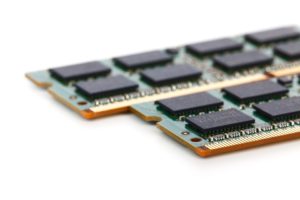
Have you noticed when you try to open various applications at the same time, such as your GoogleChrome, Internet Explorer, and other programs and your PC freezes? This is due to not enough RAM. You can easily upgrade this specific piece of hardware.
Step 10: Close unused running system tray programs
Please go to your system tray(behind system clock), you will see bunch of applications there, choose the application/s that you are not currently using as this could use system resources, thus terminating them free up system resources.
Step 11: Consider resetting your PC
This specific step is applicable for Windows 8 and up users, Microsoft offers this feature to reset your PC, wipe all installed programs and reset the system settings to default, but keeping your files.
1. Please go to Settings
2. Select Update & Security > Recovery.
3. You’ll be able to see a Reset this PC header
4. Click the Get started button below
5. Choose keep your files option and continue
Step 12: Scan your PC for issues
You might be experiencing slow computer performance due to virus, outdated drivers, registry issues and others.
WinZip has a low-cost complete package service that will be able to fix registry issues, update outdated drivers, and protect your PC against viruses, plus your privacy and more.
To know more about the service, please visit the link below.
Ultimate PC Care, this service is comprised of eight (8) tools from WinZip, it has all the stuff your PC needs.
Happy fixing,
Chris

